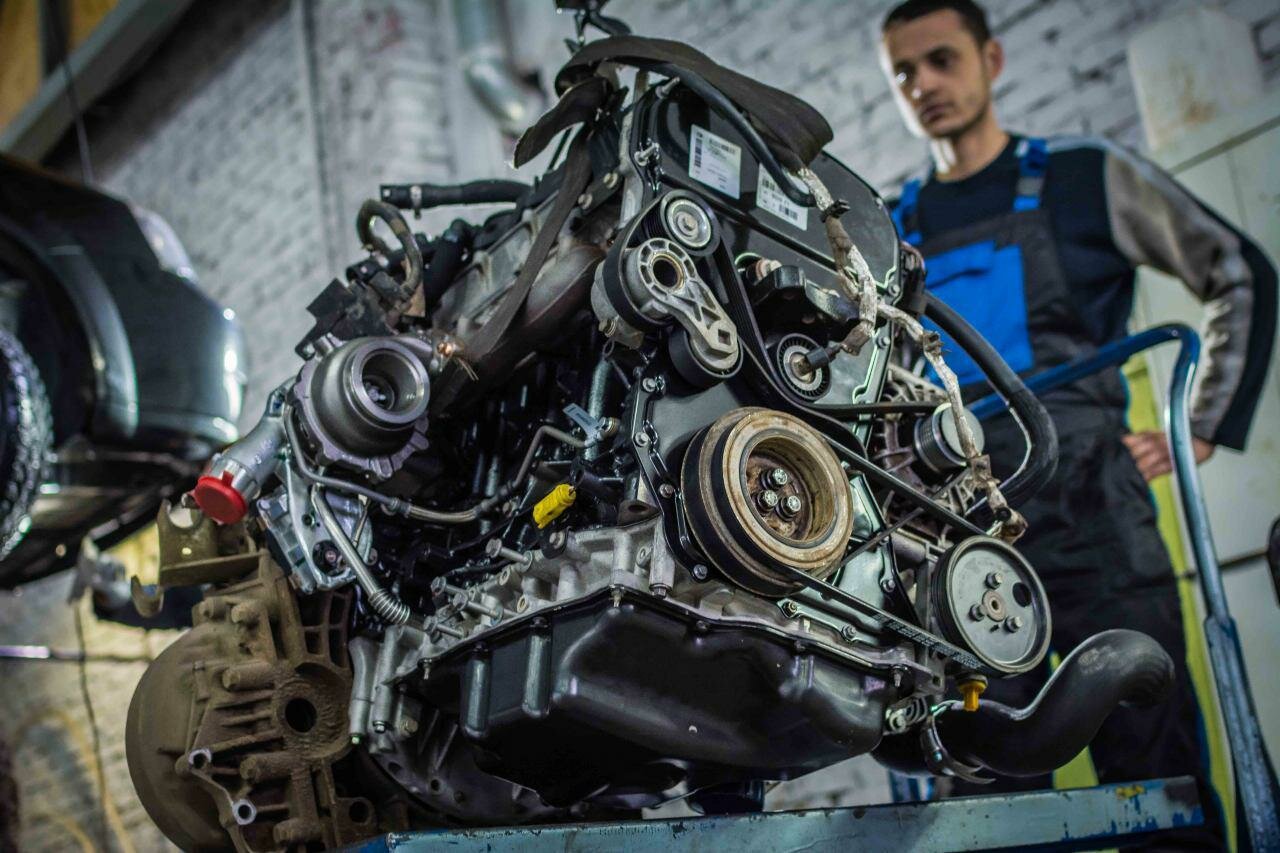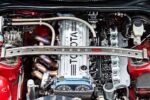Dodge Durango 3.6 Engine Overview
A Brief History
The Dodge Durango has been a staple in the SUV market since its debut in 1998. Originally designed as a full-size SUV, it has evolved through multiple generations, adapting to changing consumer preferences and technological advancements. The third generation, launched in 2011, marked a significant shift with its unibody construction, providing a more car-like driving experience compared to its predecessors. The Durango has consistently aimed to balance performance, utility, and comfort, making it a popular choice for families and adventure-seekers alike.
One of the key features of the Durango has been its engine options, with the 3.6-liter Pentastar V6 engine becoming a prominent choice in recent models. This engine was introduced in 2011 and has been praised for its blend of power and efficiency. However, as with any vehicle, the 3.6 engine is not without its issues. While it has garnered a reputation for reliability, a number of owners have reported various problems that can affect performance and longevity.
Understanding the common problems associated with the Dodge Durango’s 3.6 engine is crucial for current and prospective owners. These issues can range from minor annoyances to significant mechanical failures, impacting not only the vehicle’s performance but potentially leading to safety concerns. In this article, we will delve into the specific problems that have been reported, providing a straightforward look at what Durango owners may face with the 3.6 engine. This information is essential for making informed decisions about maintenance, repairs, and overall vehicle ownership.
Dodge Durango 3.6 Engine Problems
Common Issues Faced by Owners
The Dodge Durango equipped with the 3.6-liter Pentastar V6 engine has been known to experience a variety of problems that can affect performance, reliability, and overall driving experience. Below are some of the most commonly reported issues:
- Oil Leaks: Many owners have reported oil leaks originating from the engine, particularly around the valve cover gaskets. This can lead to low oil levels and potential engine damage if not addressed promptly.
- Overheating: The 3.6 engine has been known to overheat, often due to a malfunctioning thermostat or water pump. Overheating can cause severe engine damage if the vehicle is driven in this condition.
- Timing Chain Issues: Some Durango models have experienced timing chain problems, which can lead to engine misfires and, in severe cases, catastrophic engine failure.
- Check Engine Light: A persistent check engine light can indicate a range of issues, from minor sensor problems to more serious engine malfunctions.
- Fuel Injector Problems: Issues with fuel injectors can lead to poor fuel economy, rough idling, and reduced engine performance.
Impact on Performance and Reliability
The problems associated with the 3.6 engine can significantly impact the vehicle’s performance. For instance, oil leaks can lead to low oil pressure, which is critical for engine lubrication. Overheating can cause the engine to go into limp mode, reducing power and responsiveness. Timing chain issues can result in misfires, leading to rough idling and decreased acceleration.
Safety Considerations
While many of the issues with the 3.6 engine may not seem immediately dangerous, they can lead to safety concerns if left unaddressed. For example, an overheating engine can cause a sudden loss of power while driving, increasing the risk of accidents. Additionally, engine misfires can affect the vehicle’s ability to accelerate, posing a danger in high-speed situations.
Symptoms and Consequences
Understanding the symptoms associated with these engine problems can help owners take proactive measures before issues escalate. Below is a table summarizing common symptoms and their potential consequences:
| Symptom | Possible Consequence |
|---|---|
| Oil Leak | Low oil levels leading to engine damage |
| Overheating | Severe engine damage or failure |
| Check Engine Light | Potential engine malfunction |
| Rough Idling | Poor acceleration and fuel economy |
| Loss of Power | Increased risk of accidents |
Top views |
|
|---|---|
 |
Oil, Timing Chains, Pistons: What Really Kills an Engine Prematurely? |
 |
How to Choose a Car with a Reliable Engine: Used Car Market Hacks That Actually Work |
Conclusion
The Dodge Durango 3.6 engine, while generally reliable, is not without its share of problems. Owners should remain vigilant and address any symptoms promptly to avoid more severe consequences down the line. Regular maintenance and timely repairs can help mitigate many of these issues, ensuring a safer and more enjoyable driving experience.




0 Comments